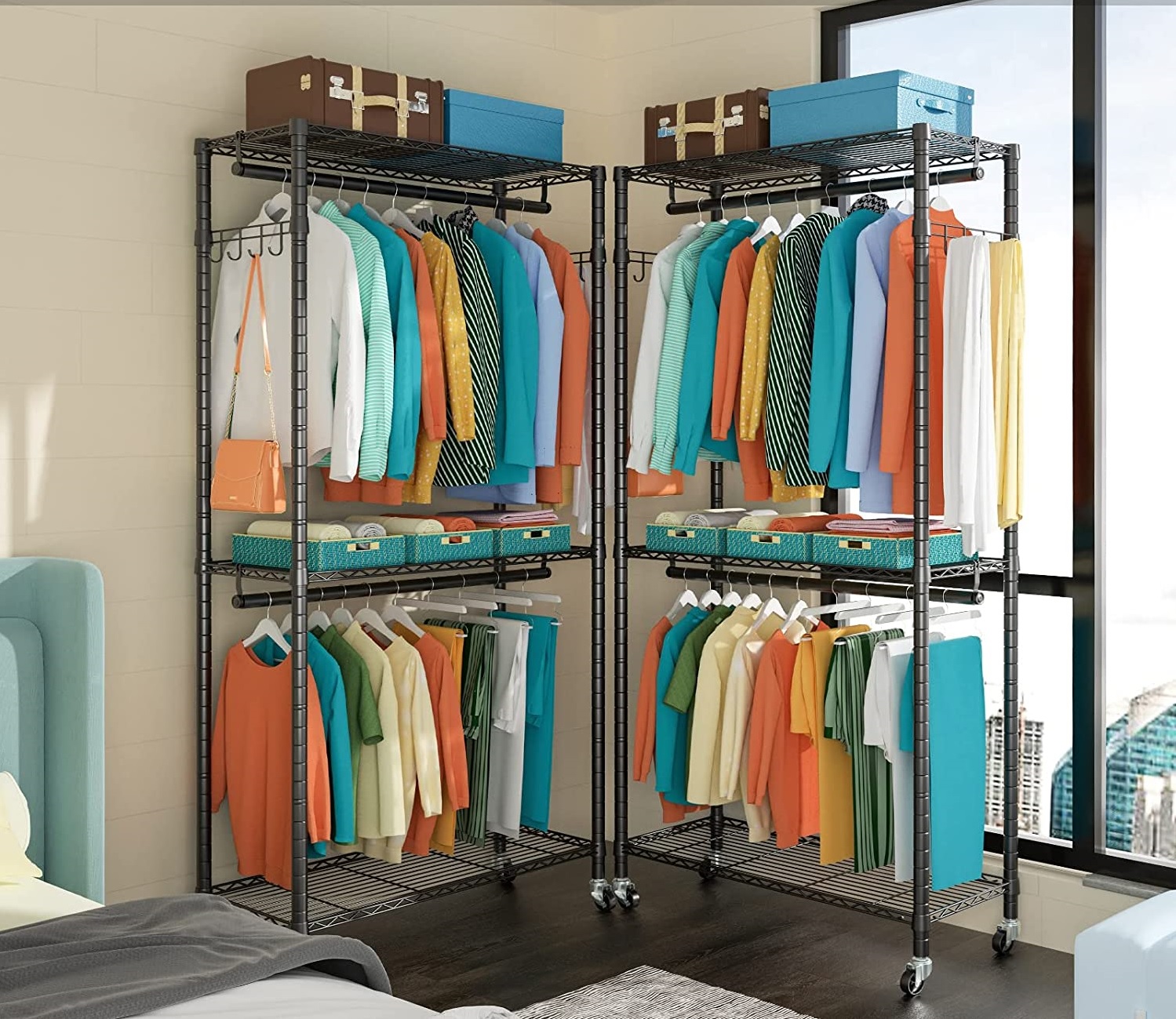

Articles
How To Turn Bedroom Into Closet
Modified: October 20, 2024
Transform your bedroom into a stylish closet with our expert interior design tips and tricks. Create a functional space showcasing your fashion sense and maximizing storage.
(Many of the links in this article redirect to a specific reviewed product. Your purchase of these products through affiliate links helps to generate commission for Storables.com, at no extra cost. Learn more)
Introduction
Have you been struggling with limited storage space in your bedroom? Perhaps it’s time to think outside the box and turn your bedroom into a functional walk-in closet. Converting your bedroom into a closet can not only provide you with ample storage space for your clothes and accessories, but it can also give your bedroom a stylish and organized look.
In this article, we will guide you through the process of transforming your bedroom into a dream closet. We will provide you with tips and ideas on how to assess your bedroom space, clear out unnecessary items, design an efficient closet layout, and make use of storage solutions and organizational techniques. So grab a cup of coffee, and let’s get started on creating your dream closet!
Key Takeaways:
- Transforming your bedroom into a walk-in closet involves assessing space, decluttering, designing efficient layouts, and implementing storage solutions. Customizing the space with personal touches adds a unique and stylish flair.
- Maximizing vertical space, installing clothing racks and shelves, adding drawers and cabinets, and incorporating proper lighting and mirrors are essential steps in creating a functional and visually appealing closet. Personalizing the space with final touches adds personality and style to the transformed closet.
Read more: How To Organize A Bedroom With No Closet
Assessing Your Bedroom
Before embarking on the journey of turning your bedroom into a closet, it’s crucial to assess the available space and determine how it can be best utilized.
Start by measuring the dimensions of your room, including the length, width, and height. This will give you a clear idea of the space you have to work with. Take note of any architectural features, such as windows, doors, or alcoves, as these will impact the layout and placement of your closet.
Next, evaluate your storage needs. Consider the size of your wardrobe, the number of shoes, and any additional accessories like handbags or belts. This will help you determine how much space you need for hanging clothes, shelving, and storage units.
Think about your personal preferences as well. Do you prefer open or closed storage? Are you a fan of minimalistic design or do you prefer a more elaborate closet with additional features like a vanity or seating area? Understanding your needs and preferences will help you create a closet that is both functional and visually appealing.
Lastly, take into account any existing furniture, such as a bed or a dresser, and decide whether you want to keep them in the revamped space or allocate them to other areas of your home. This will help you optimize the available space and create a seamless transition from bedroom to closet.
By carefully assessing your bedroom, you will be able to determine the best approach for transforming it into a functional and stylish closet that meets your storage needs.
Clearing Out the Space
Once you’ve assessed your bedroom and finalized your closet design plan, it’s time to clear out the space and make room for your new closet. This step is essential in creating a blank canvas to work with and ensuring that you have enough space to accommodate your clothing and accessories.
Start by decluttering your bedroom. Sort through your clothes and belongings, and separate them into categories such as keep, donate, or discard. Be realistic about what you truly need and use on a regular basis. Getting rid of items that no longer serve you will free up space and make way for a more organized closet.
As you clear out your bedroom, consider finding alternative storage solutions for items that won’t fit in your new closet. Utilize storage bins, under-bed storage, or invest in furniture pieces with built-in storage options.
Once you’ve decluttered and removed unnecessary items, thoroughly clean your bedroom. Dust surfaces, vacuum carpets or mop floors, and wipe down any windows or mirrors in the room. A clean and fresh space will create a pleasant atmosphere as you begin to transform it into your dream closet.
Consider removing any existing furniture or fixtures that will not be incorporated into your closet design. This will open up more space and give you greater flexibility in arranging your new closet layout.
Remember to take proper care of the items you are keeping. Launder and fold your clothes neatly, and store them temporarily in another location until your new closet is ready for use. This will ensure that everything remains in good condition throughout the transition process.
Clearing out the space is an important step in creating your new closet. By decluttering and cleaning your bedroom, you’ll be able to start fresh and make the most out of your available space.
Designing the Closet Layout
Now that you have a cleared-out space, it’s time to dive into the exciting process of designing your closet layout. This step involves planning the placement of different storage units and determining the flow and functionality of the space.
Start by envisioning the layout that will best suit your needs. Consider factors such as the size of your wardrobe collection, the types of items you need to store, and your preferred organization method. This will help you decide on the types of storage solutions you require, such as hanging rods, shelves, drawers, or cubbies.
Take advantage of vertical space by installing floor-to-ceiling shelving or utilizing the height of your room for additional storage. This will maximize storage capacity and help keep your items organized and easily accessible.
When planning the layout, ensure that you leave enough space for comfortable movement and easy access to all your items. Allow for adequate clearance between clothing racks and shelves, and consider the placement of a dressing mirror or additional seating, if desired.
If possible, create designated zones for different types of clothing or accessories. For example, allocate specific areas for dresses, shirts, pants, shoes, and so on. This will enhance organization and make it easier for you to find what you need when getting ready.
Remember to consider lighting when designing your closet layout. Ensure that the space is well-lit, either by natural light or by installing appropriate lighting fixtures. Good lighting is essential for easy visibility and color coordination in your wardrobe.
Additionally, think about incorporating a full-length mirror into your closet design. This will not only provide a functional space for trying on outfits, but it will also visually expand the room and create a sense of openness.
Designing your closet layout requires careful consideration of your storage needs and preferences. By thoughtfully planning the placement of storage units and maximizing the use of available space, you can create a closet that is both efficient and visually appealing.
Storage Solutions and Organization Tips
Creating an organized and efficient closet involves implementing storage solutions and incorporating organization techniques to make the most of your space. Here are some tips to help you maximize storage and keep your items neatly organized:
- Utilize Hanging Space: Install clothing rods at different heights to accommodate various lengths of clothing. Use cascading hangers or multi-tiered hangers to maximize vertical space.
- Add Shelves and Cubbies: Install shelves or cubbies to store folded items like sweaters, jeans, and accessories. Use dividers or storage bins to keep items separated and organized.
- Incorporate Drawers: Add drawers to your closet to store items like undergarments, socks, and smaller accessories. Consider using drawer organizers to keep items easily accessible and prevent clutter.
- Invest in Shoe Storage: Dedicate a section of your closet to shoe storage. Use shoe racks or cubbies to keep your shoes organized and visible. You can also consider using hanging shoe organizers to save space.
- Use Clear Storage Boxes: Keep seasonal or less frequently worn items in clear storage boxes. This allows you to see what’s inside without opening each box and keeps your closet looking tidy.
- Label and Categorize: Use labels or tags on shelves, drawers, and storage boxes to identify the contents. Categorize items by type, color, or season to make it easier to find what you need.
- Make use of Door Space: Hang over-the-door organizers to store accessories, belts, scarves, or jewelry. This utilizes space that would otherwise go unused.
- Utilize Wall Space: Install hooks or pegboards on the walls of your closet for additional hanging space. This is perfect for items like bags, belts, or hats.
Remember, the key to maintaining an organized closet is to regularly declutter and reevaluate your items. Make it a habit to review and purge items that you no longer use or need. This will help keep your closet clutter-free and maximize the efficiency of your storage solutions.
By implementing these storage solutions and organization tips, you can create a well-structured and functional closet that not only maximizes your storage space but also makes it easy to find and access your belongings.
Read more: How To Build Bedroom Closet
Maximizing Vertical Space
When it comes to optimizing storage in your closet, it’s important to make the most of the vertical space available. By utilizing the height of the room, you can significantly increase your storage capacity and keep your belongings well-organized. Here are some strategies to maximize vertical space in your closet:
- Install Floor-to-Ceiling Shelves: Consider adding floor-to-ceiling shelving units or built-in bookcases to maximize vertical storage. This provides ample space for folded clothes, shoes, bags, and other items.
- Utilize Overhead Storage: Install overhead storage racks or hanging shelves above clothing rods for items that aren’t used frequently. This can be a great spot for storing luggage, seasonal items, or bulky bedding.
- Use Vertical Dividers: Incorporate vertical dividers in your shelves to create separate compartments for items like handbags, hats, or folded garments. This will keep items organized and prevent them from toppling over.
- Consider Adjustable Shelving Systems: Opt for adjustable shelving systems that allow you to change the height and configuration of shelves as needed. This gives you the flexibility to accommodate different sizes of clothing and accessories.
- Invest in Hanging Organizers: Utilize hanging organizers that can be attached to clothing rods. These organizers typically have multiple compartments and are perfect for storing shoes, scarves, or small accessories.
- Use Stackable Storage Bins: Stackable storage bins are a great way to maximize vertical space while keeping items neatly organized. Use them to store folded clothes, accessories, or even bulky sweaters.
- Hang Hooks or Pegboards: Install hooks or pegboards on the walls of your closet to create additional vertical storage. Hang items like belts, bags, or hats to make use of this often-neglected space.
- Consider a Floor-to-Ceiling Mirror: If you have limited wall space, consider installing a floor-to-ceiling mirror. This not only serves a functional purpose but also visually expands the height of the room, making it feel more spacious.
By implementing these strategies, you can take full advantage of the vertical space in your closet and optimize your storage capabilities. Remember to regularly declutter and reorganize your items to ensure your closet stays organized and efficient.
Consider installing a closet organization system with shelves, drawers, and hanging rods to maximize space. Use space-saving hangers and storage bins to keep items organized and easily accessible.
Installing Clothing Racks and Shelves
When it comes to transforming your bedroom into a functional closet, installing clothing racks and shelves is a crucial step. Properly designed and placed racks and shelves will provide the necessary structure for organizing your clothes and accessories. Here are some tips for installing clothing racks and shelves in your new closet:
- Measure and Plan: Measure the length, width, and height of your closet space. Assess how much hanging space and shelving you need based on the size of your wardrobe. This will guide you in determining the number of racks and shelves required.
- Choose the Right Materials: Select sturdy materials that can support the weight of your clothes and accessories. Consider options like metal for clothing rods and wood or melamine for shelves. These materials are durable and can withstand the weight of your items.
- Install Clothing Rods: Determine the appropriate height for your clothing rods. Typically, a height of 42 to 48 inches from the floor allows for optimal hanging space. Use a level to ensure that your clothing rods are installed straight and securely.
- Adjustable Shelves: Opt for adjustable shelves that can be moved up or down as needed. This flexibility allows you to customize the spacing between shelves to accommodate different types of clothing and accessories.
- Utilize Corner Space: Don’t forget about utilizing the corners of your closet. Install corner clothing rods or shelves to make the most of this often underutilized space.
- Consider Pull-Out Shelves: Incorporate pull-out shelves for better accessibility. These shelves can be easily extended, allowing you to reach items at the back without any hassle.
- Use Wall-Mounted Shelves: If you have limited floor space, consider installing wall-mounted shelves. These shelves can provide additional storage without taking up precious floor space.
- Ensure Adequate Support: Make sure your shelves and clothing racks are properly fastened to the wall or studs for stability and weight-bearing capacity. Use appropriate brackets, anchors, or screws to secure them firmly in place.
- Allow for Air Circulation: When installing shelves, leave space between them to allow for proper air circulation. This helps prevent mildew formation and keeps your clothes fresh and odor-free.
By following these tips, you can install clothing racks and shelves that are functional, sturdy, and perfectly tailored to your wardrobe and storage needs. Remember to regularly assess and adjust the organization of your items to ensure the utmost efficiency in your new closet space.
Adding Drawers and Cabinets
Incorporating drawers and cabinets into your closet design is a great way to add versatility and storage options. They provide a concealed space to store smaller items, keep them organized, and maintain a clutter-free environment. Here are some tips for adding drawers and cabinets to your closet:
- Assess Your Storage Needs: Determine the number of drawers and cabinets you require based on the type and quantity of items you need to store. Consider factors such as the size of your accessories, folded clothing, and personal preferences.
- Choose Suitable Materials: Select durable materials for your drawers and cabinets, such as wood or melamine. Ensure they are sturdy enough to hold the weight of your belongings and withstand daily use.
- Consider Drawer Sizes: Plan the sizes of your drawers based on your specific needs. Incorporate different-sized drawers to accommodate various items, such as small accessories, undergarments, or larger folded clothing.
- Drawer Organization: Use dividers or inserts inside the drawers to keep your items organized and prevent them from getting mixed up. This will help you easily locate what you need and make the most of the available space.
- Integrate Cabinets: If you have enough space, consider adding cabinets to your closet design. Cabinets are perfect for storing items that you want to keep concealed or for creating a designated space for specific items, such as handbags or shoes.
- Door-Mounted Organizers: Utilize the inside of cabinet doors by installing door-mounted organizers. These organizers can hold smaller accessories like jewelry, belts, or scarves.
- Customize Drawer Pulls: Add personalized touches to your drawers and cabinets by choosing decorative drawer pulls or knobs. This will enhance the visual appeal of your closet and add a touch of style.
- Consider Pull-Out Features: Install pull-out drawers or shelves to maximize accessibility and make it easier to reach items stored at the back. This ensures that your belongings are easily visible and within reach.
- Keep Safety in Mind: If you have children or pets, consider adding safety locks to your drawers and cabinets to prevent accidents and keep any potentially harmful items out of reach.
By incorporating drawers and cabinets into your closet design, you can create a well-organized and visually appealing space. They provide ample storage options for your smaller items, ensuring that everything has a designated place and can be easily accessed when needed.
Lighting and Mirrors
Proper lighting and mirrors play a crucial role in creating a functional and visually appealing closet space. They not only enhance the overall aesthetic but also serve practical purposes such as improving visibility and creating the illusion of a larger space. Here are some tips for incorporating lighting and mirrors into your closet:
- Natural Light: If your closet has windows, take advantage of natural light. Keep the windows unobstructed to allow as much light as possible to enter the space. Natural light not only illuminates the area but also offers a more accurate representation of colors.
- Artificial Lighting: Install proper artificial lighting to ensure adequate brightness in your closet. Choose lighting fixtures that provide ample light and mimic natural daylight. Consider options such as recessed lighting, pendant lights, or track lighting depending on the layout and structure of your closet.
- Task Lighting: Incorporate task lighting in specific areas of your closet. Install lighting fixtures above or beside dressing mirrors to ensure proper illumination for getting ready, makeup application, or outfit selection.
- Ambient Lighting: Use ambient lighting to create a warm and inviting atmosphere in your closet. Consider installing dimmable lights to adjust the mood and intensity of the lighting based on your needs and preferences.
- LED Strips: Add LED light strips to the shelves, rods, or cabinets, creating a soft glow and making it easier to locate items at any time of the day or night. LED lighting is energy-efficient and can be easily installed or concealed within your closet.
- Full-Length Mirror: Install a full-length mirror in your closet. This not only serves the practical purpose of allowing you to view your outfits from head to toe but also visually expands the space, making it appear larger and brighter.
- Mirrored Closet Doors: Consider using mirrored closet doors. Mirrored doors not only provide functionality but also reflect light, making the space feel more open and spacious. They can also serve as a convenient additional mirror within your closet area.
- Lighting Control: Install a lighting control system that allows you to adjust the brightness and ambiance of your closet lighting. This will enable you to create different atmospheres or cater to specific lighting needs depending on the time of day or your activities in the space.
- Regular Maintenance: Make sure to clean your mirrors and lighting fixtures regularly to maintain optimal brightness and clarity. Remove any dust or smudges to ensure that the light is distributed evenly and effectively.
By incorporating well-planned lighting and mirrors into your closet design, you can create a visually stunning and highly functional space. Proper lighting will make it easier to see and access your belongings, while mirrors will add depth and create the illusion of a more spacious environment.
Read more: How To Turn A Closet Into A Pantry
Customizing the Space
Customizing your closet space is an opportunity to infuse your personal style and make it uniquely yours. It’s a chance to add design elements, organizational features, and special touches that cater to your specific needs and preferences. Here are some ideas for customizing your closet:
- Select Your Color Palette: Choose a color palette that aligns with your personal style and complements the overall aesthetic of your bedroom. Consider using paint, wallpaper, or decorative accents to add color or texture to your closet walls.
- Add Personal Touches: Incorporate elements that speak to your personality, such as artwork, photographs, or decorative items. These personal touches can inspire and motivate you when getting ready, and create a more inviting and personalized atmosphere.
- Create Display Areas: Include dedicated spaces for showcasing your favorite items, such as a display shelf for designer handbags or a jewelry tray for your most cherished accessories. This adds a touch of luxury and allows you to enjoy seeing and accessing your prized possessions.
- Incorporate a Seating Area: If space allows, consider adding a seating area to your closet. A comfortable chair or ottoman provides a cozy spot for trying on shoes or simply taking a moment to relax and plan outfits.
- Add a Vanity Area: If you have the space and enjoy spending time on hair and makeup, incorporate a vanity area into your closet design. Include a mirror, a dedicated space for cosmetics, and appropriate lighting to create a functional and glamorous space.
- Create a Charging Station: Include a designated area with outlets for charging your electronic devices. This eliminates clutter and ensures that your devices are always within reach and ready to use.
- Include a Laundry Hamper: Integrate a laundry hamper or basket into your closet design for easy and convenient clothing storage before laundry day. Consider a removable or collapsible hamper for added convenience.
- Install a Sliding Ladder: If you have high ceilings or extensive shelving, installing a sliding ladder adds a stylish and practical touch. This allows you to access items stored in upper cabinets or shelves with ease.
- Personalize Organization Systems: Customize your organization systems to suit your specific needs. Whether it’s color-coded hangers, labeled storage bins, or a specialized sorting system, find tools that make organizing and locating items effortless for you.
Customizing your closet transforms it from a functional space to a personal sanctuary that fits your unique style and needs. Incorporating personal touches and custom features will enhance your daily experience and make getting ready a pleasure.
Final Touches
As you near the completion of your bedroom-to-closet transformation, it’s time to add those final touches that will truly make your new closet space feel complete and polished. These small details can elevate the overall aesthetic and functionality of your closet. Here are some final touches to consider:
- Decorative Storage Boxes: Use decorative storage boxes or baskets to store smaller items on shelves or in drawers. Choose boxes that match your color palette or add a pop of visual interest.
- Scented Drawer Liners: Line your drawers with scented liners to keep your clothes smelling fresh and pleasant. Choose a scent that suits your preference and enjoy the subtle fragrance every time you open your drawers.
- Accessorize with Hooks: Install decorative hooks on empty walls or the inside of cabinet doors. They can be used to hang hats, bags, or even jewelry, adding a touch of style and functionality.
- Install a Full-Length Mirror: If you didn’t already incorporate a full-length mirror, consider placing one on a wall or door. This allows you to have a final look at your outfits before you step out.
- Add Greenery: Consider adding a touch of greenery with potted plants, flowers, or even artificial plants. This brings a fresh and vibrant element to the space and adds a sense of serenity.
- Utilize Fragrance Diffusers: Enhance the ambiance of your closet with fragrance diffusers or sachets. Choose scents that relax and rejuvenate you to create a pleasant atmosphere as you prepare for the day ahead.
- Include a Steaming Station: If you frequently use a clothes steamer, designate a small area in your closet for a steaming station. This saves you time and effort by having everything you need in one convenient place.
- Install a Bluetooth Speaker: Enhance your getting-ready experience by adding a Bluetooth speaker to your closet. Connect your favorite playlist or podcast and enjoy music or entertainment while you organize and get dressed.
- Organize Jewelry and Accessories: Use jewelry organizers, trays, or hanging wall organizers to display and organize your jewelry and accessories. This not only keeps them easily accessible but also adds a touch of glamour to your closet.
- Personalize your Door: Add a personal touch to your closet door with a decorative decal, monogram, or stylish doorknob. This adds a unique element and makes your closet feel like a curated space.
These final touches will add personality, functionality, and style to your newly transformed closet space. Take the time to carefully select and incorporate these details, ensuring they align with your taste and bring you joy each time you step into your personalized closet haven.
Conclusion
Congratulations on successfully transforming your bedroom into a stylish and functional closet! You’ve gone through the process of assessing the space, clearing it out, designing the layout, and implementing storage solutions. By maximizing vertical space, installing clothing racks and shelves, adding drawers and cabinets, and incorporating proper lighting and mirrors, you have created a personalized and organized closet that meets your needs.
Remember, customizing the space with your personal touches and adding those final details has made your closet truly unique and a reflection of your style. The process may have taken some time and effort, but the end result is a space that not only looks great but also functions well for your everyday needs.
As you settle into your new closet space, make sure to maintain its organization and cleanliness. Regularly declutter and reassess your items to prevent overcrowding and maintain an efficient system of storage. With proper maintenance and care, your closet will continue to serve you well in the long run.
Enjoy the convenience and pleasure of having a well-organized closet that makes getting ready a breeze. With everything neatly arranged and easily accessible, you’ll save valuable time and eliminate the stress of searching for items. Plus, the aesthetic appeal of your closet will enhance the overall ambiance and aesthetic of your bedroom.
Now that you have a beautifully customized closet, embrace the joy of dressing up, experimenting with different outfits, and feeling confident in your stylish space. Let your new closet inspire you to stay organized, express your personal style, and make the most of your wardrobe and accessories.
As you continue to enjoy your newly transformed closet, don’t forget to share your experience with others. Inspire friends and family to create their own dream closet to enhance their living spaces. After all, a well-organized and stylish closet is more than just a storage space—it’s an expression of who you are and a place that brings you joy and convenience.
So, step into your newly transformed closet and embrace the endless possibilities it offers. Make it your own, and let it be a reflection of your unique style and personality. Happy organizing and enjoy the beauty and functionality of your new closet!
Frequently Asked Questions about How To Turn Bedroom Into Closet
Was this page helpful?
At Storables.com, we guarantee accurate and reliable information. Our content, validated by Expert Board Contributors, is crafted following stringent Editorial Policies. We're committed to providing you with well-researched, expert-backed insights for all your informational needs.
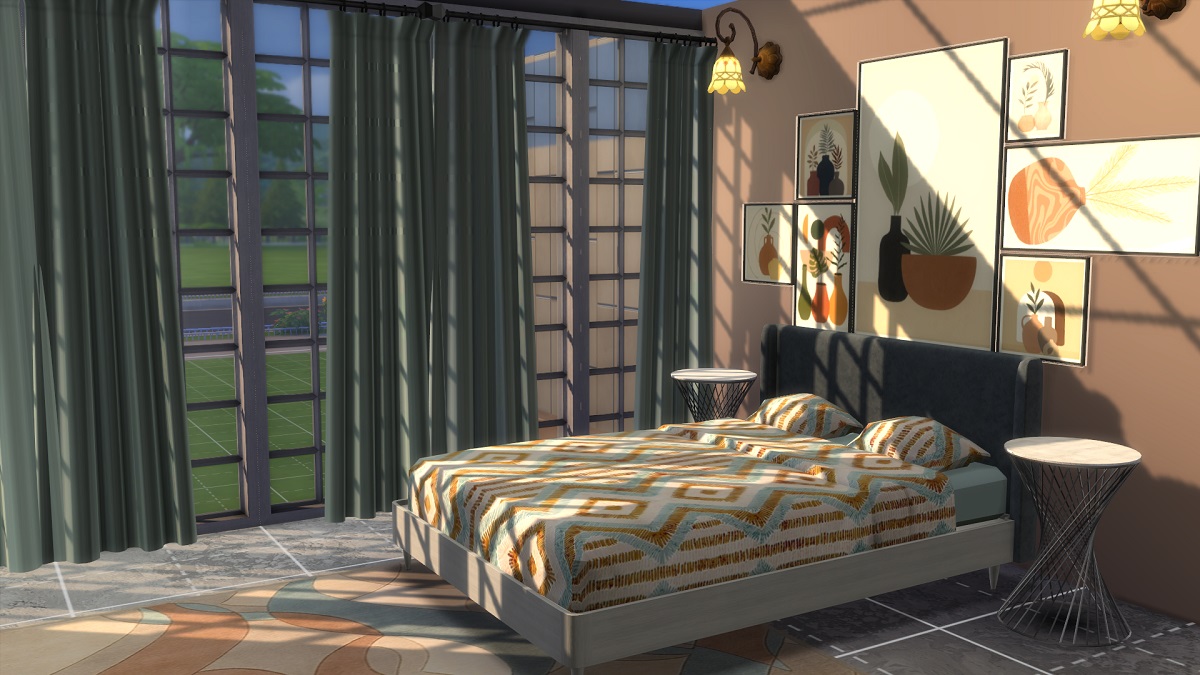
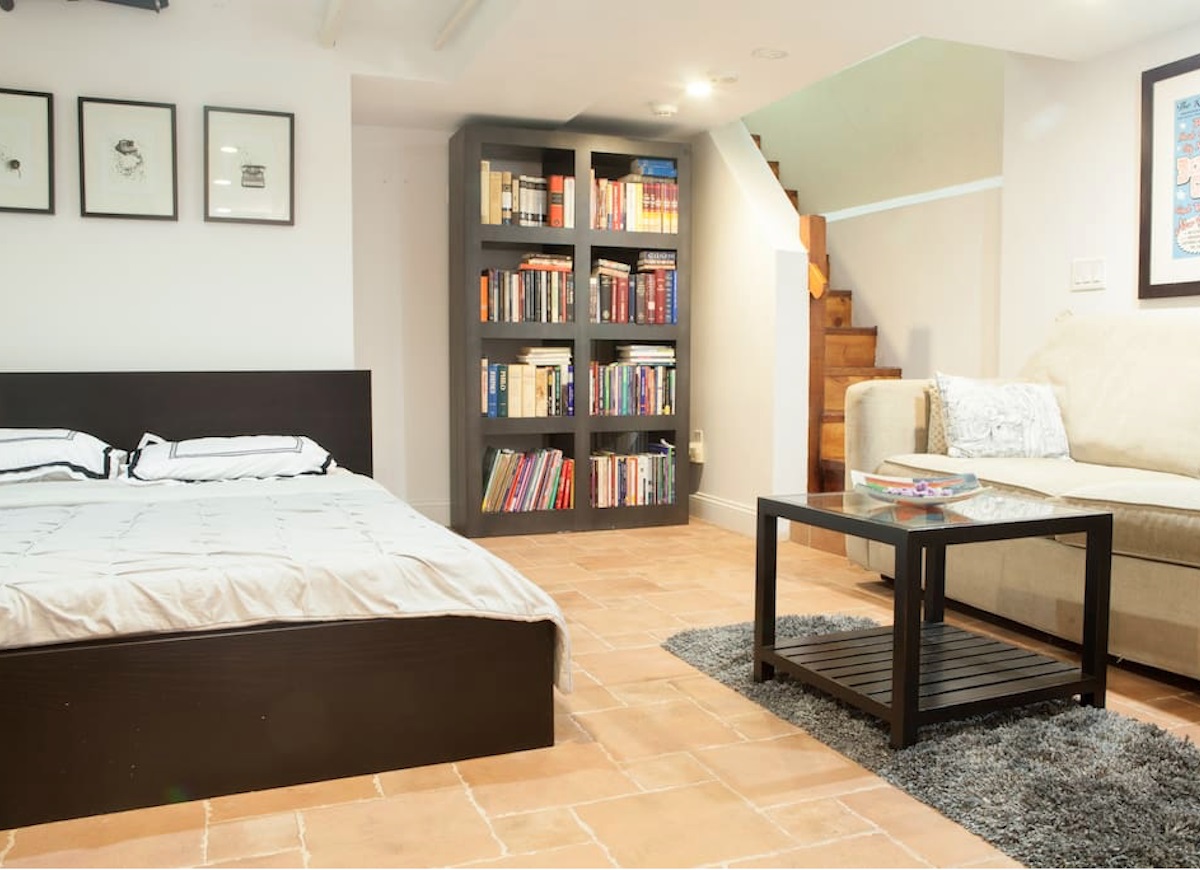
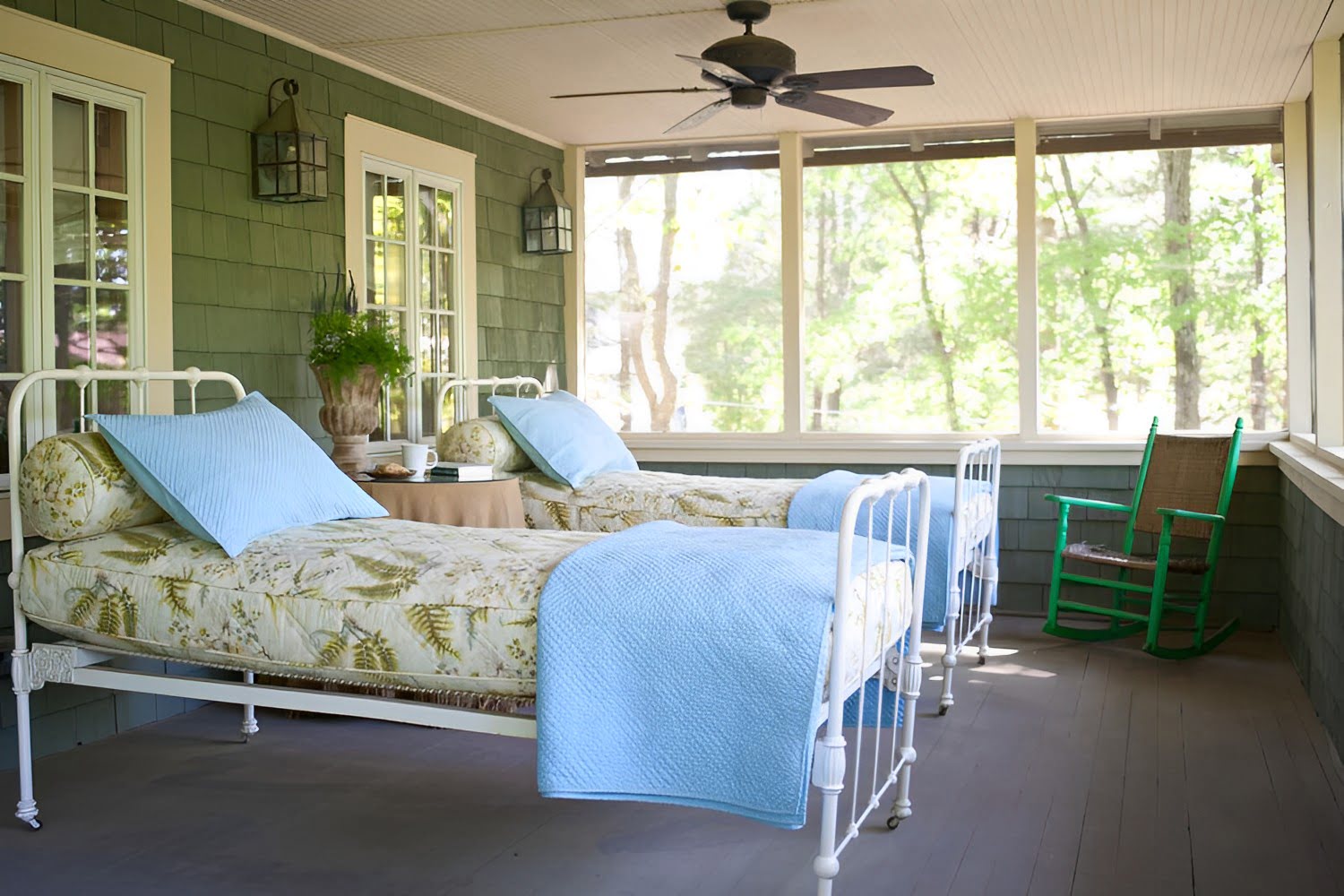
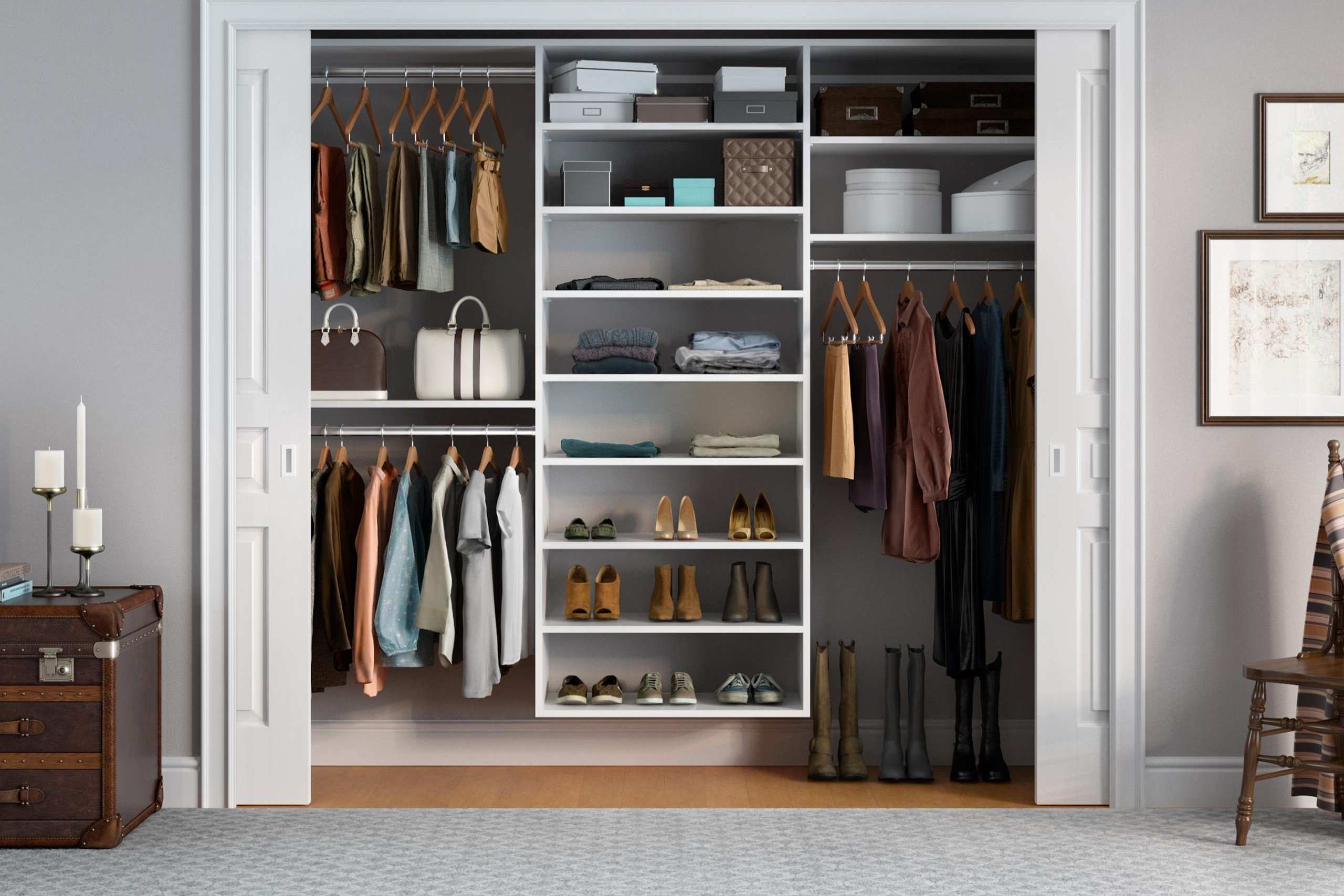
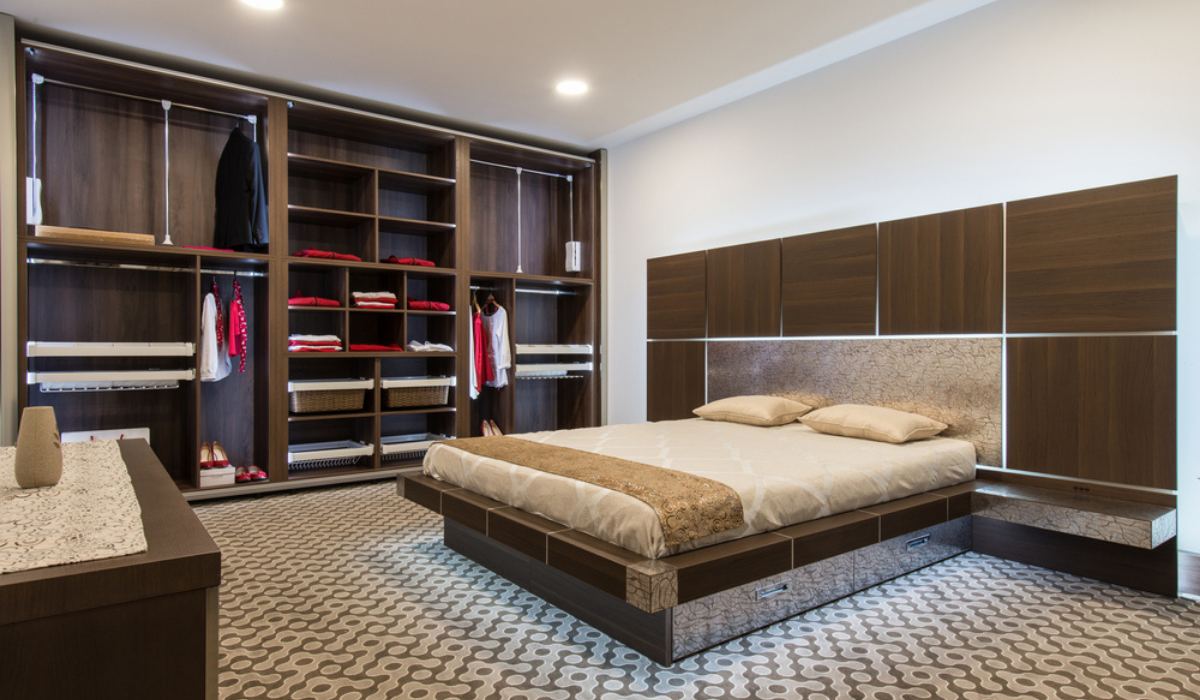
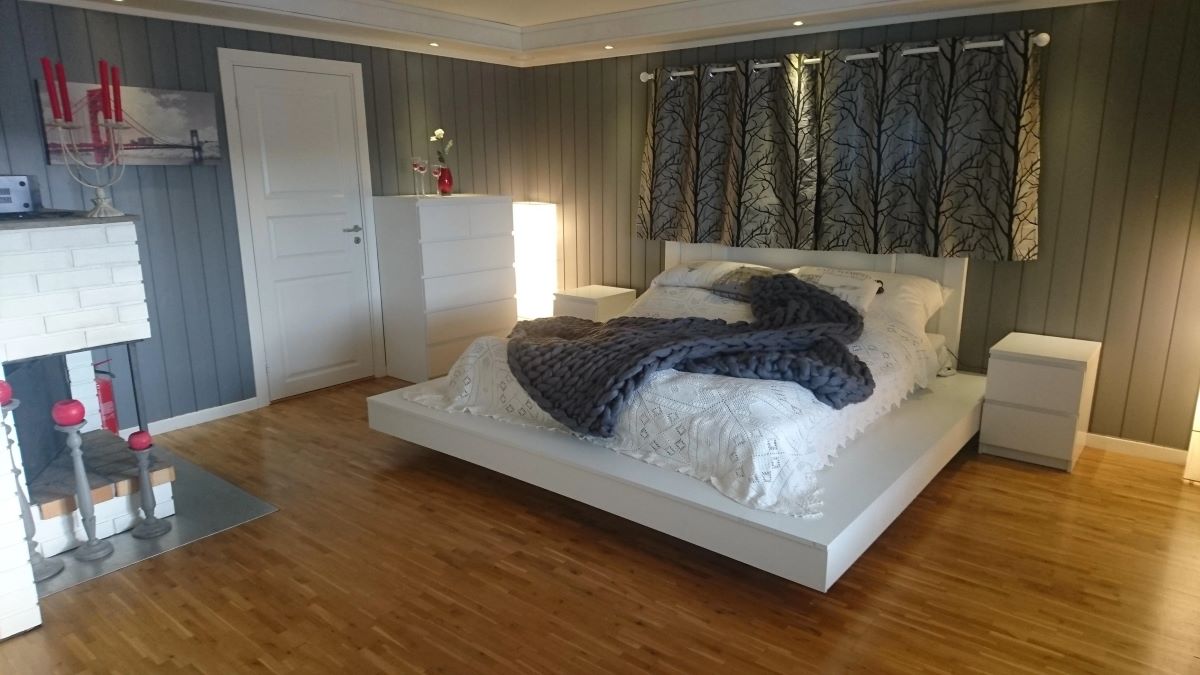
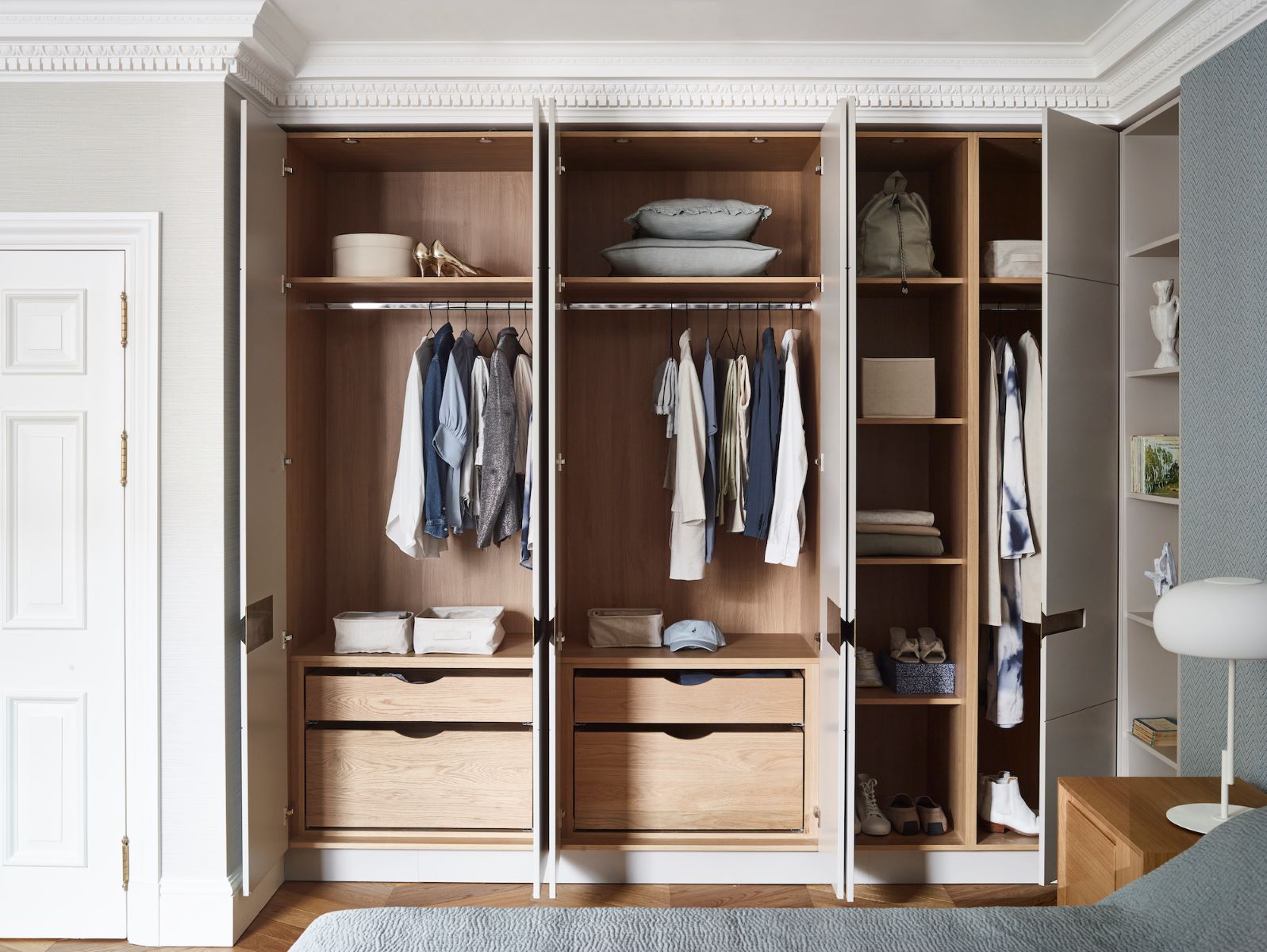
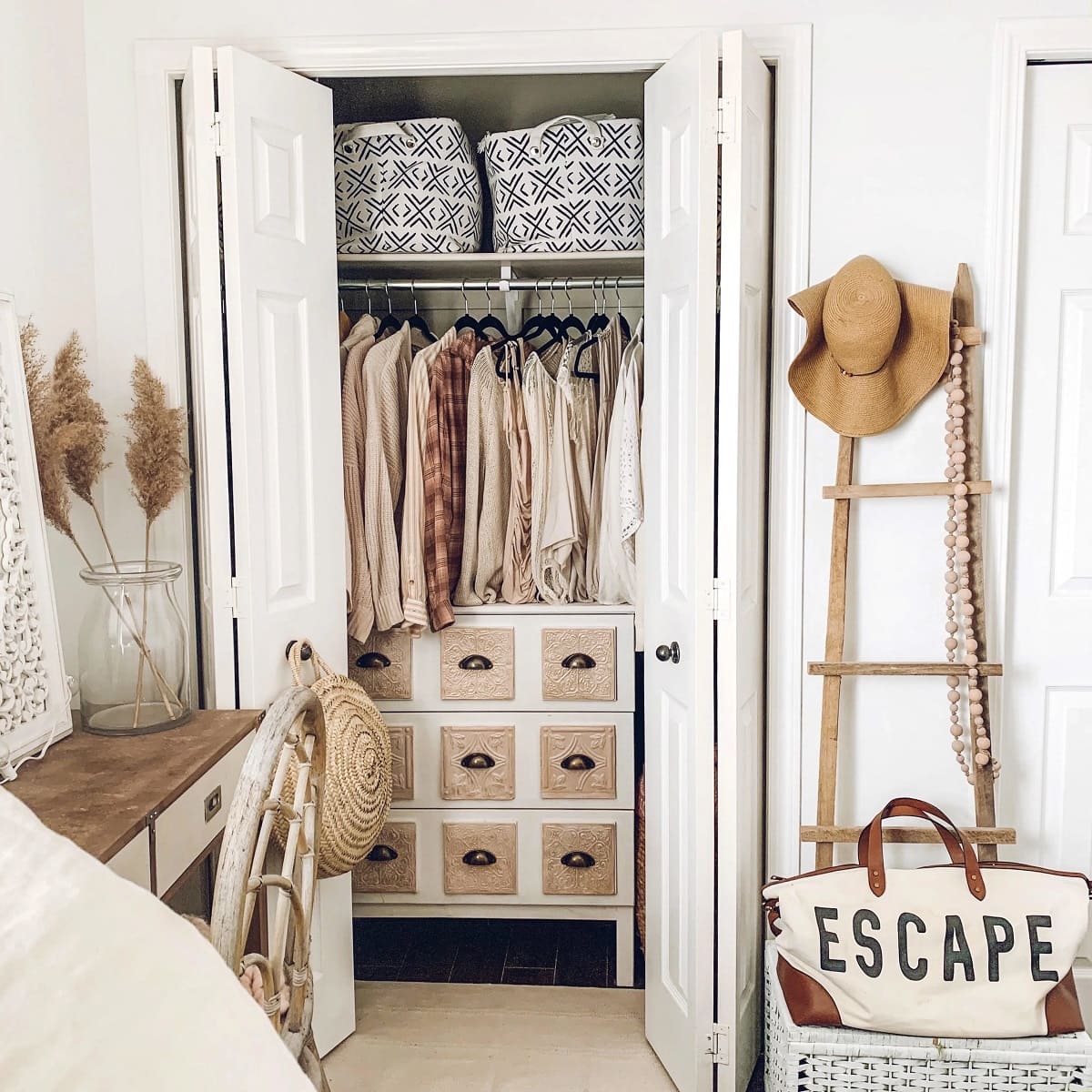
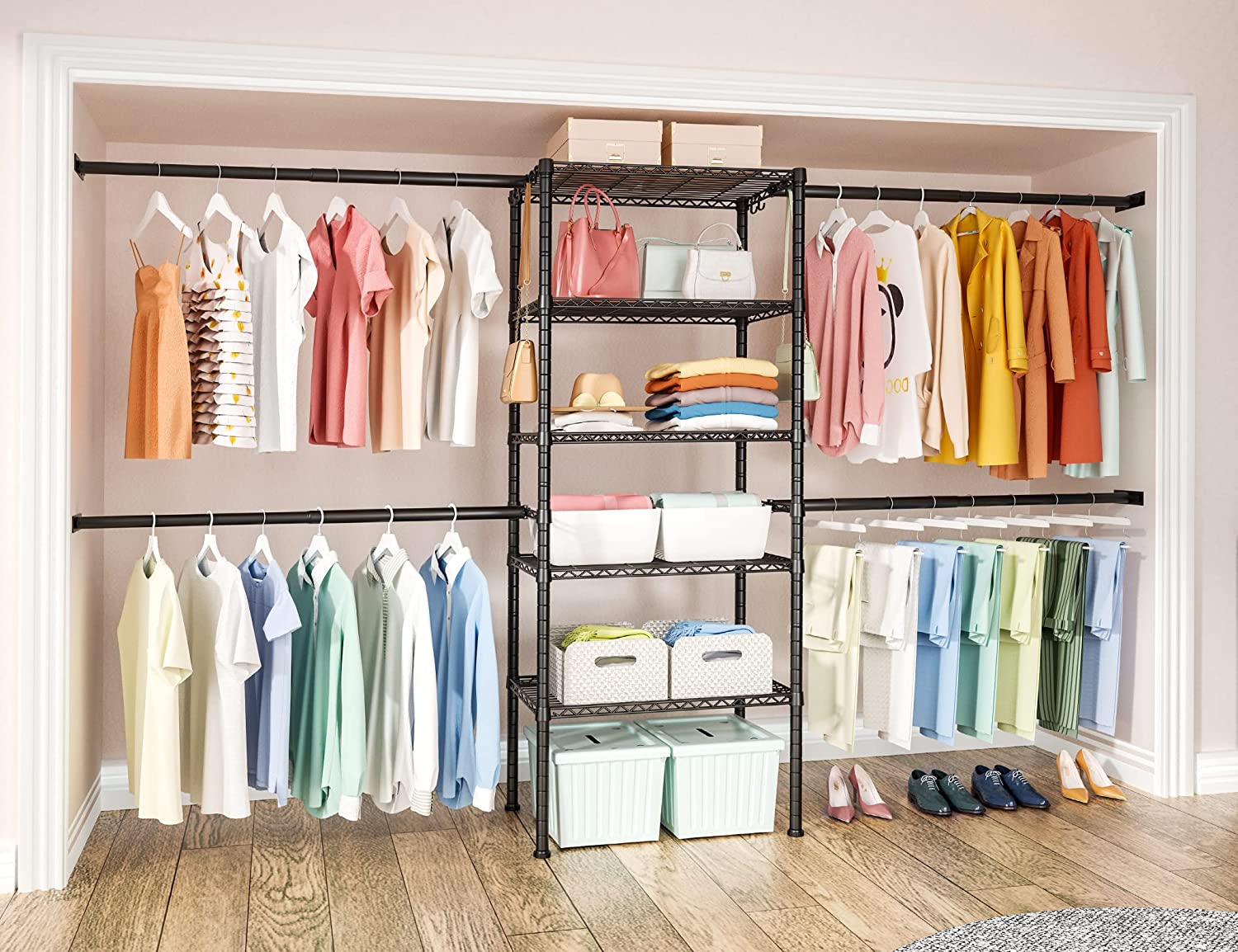
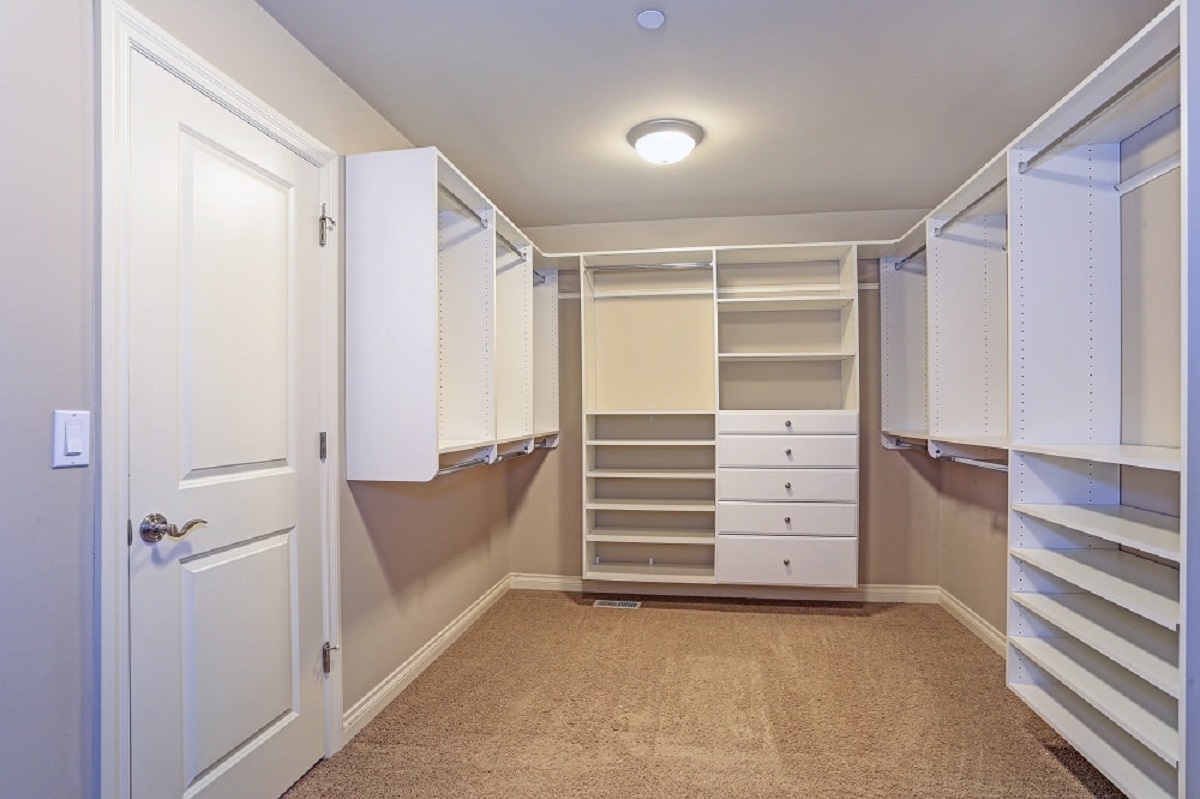
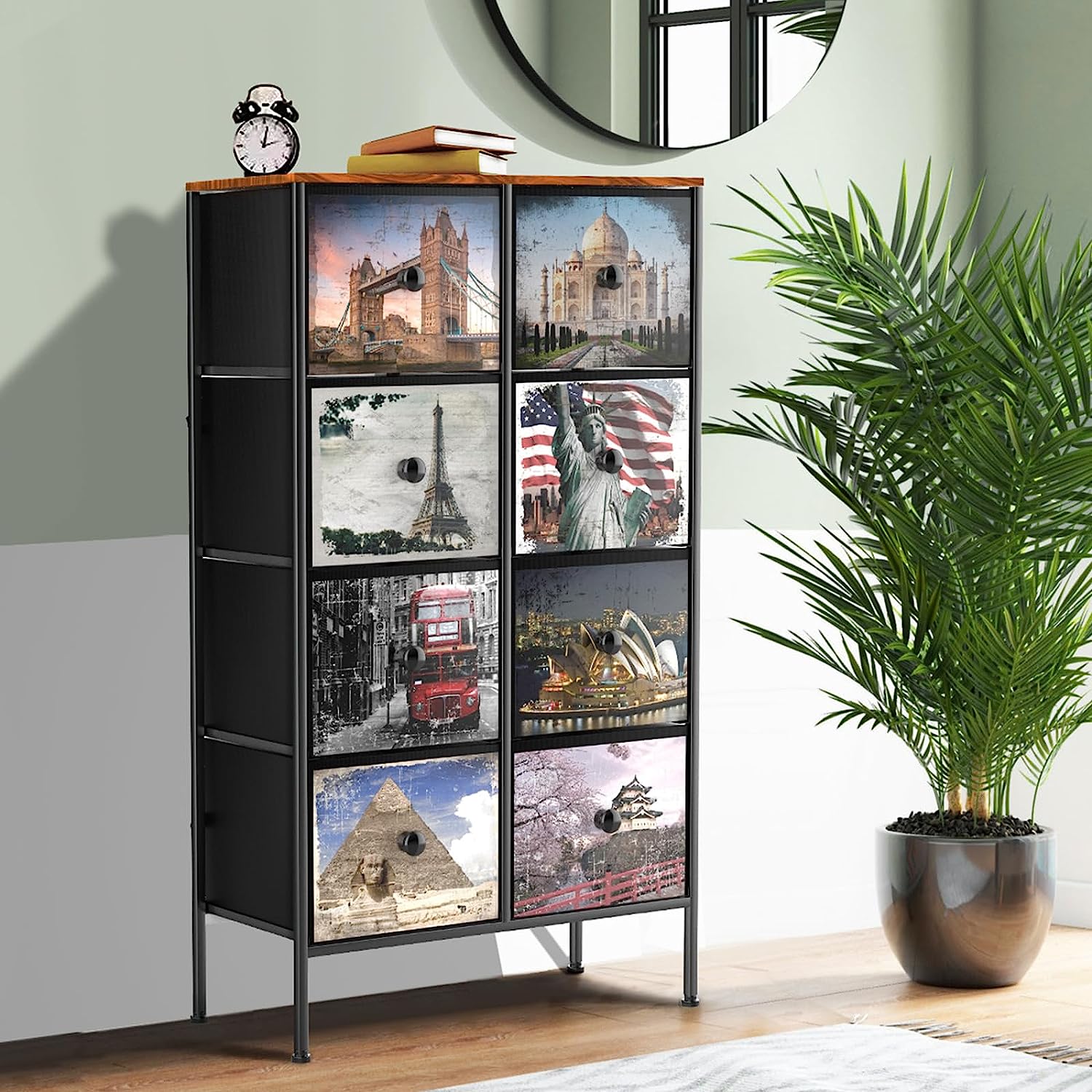
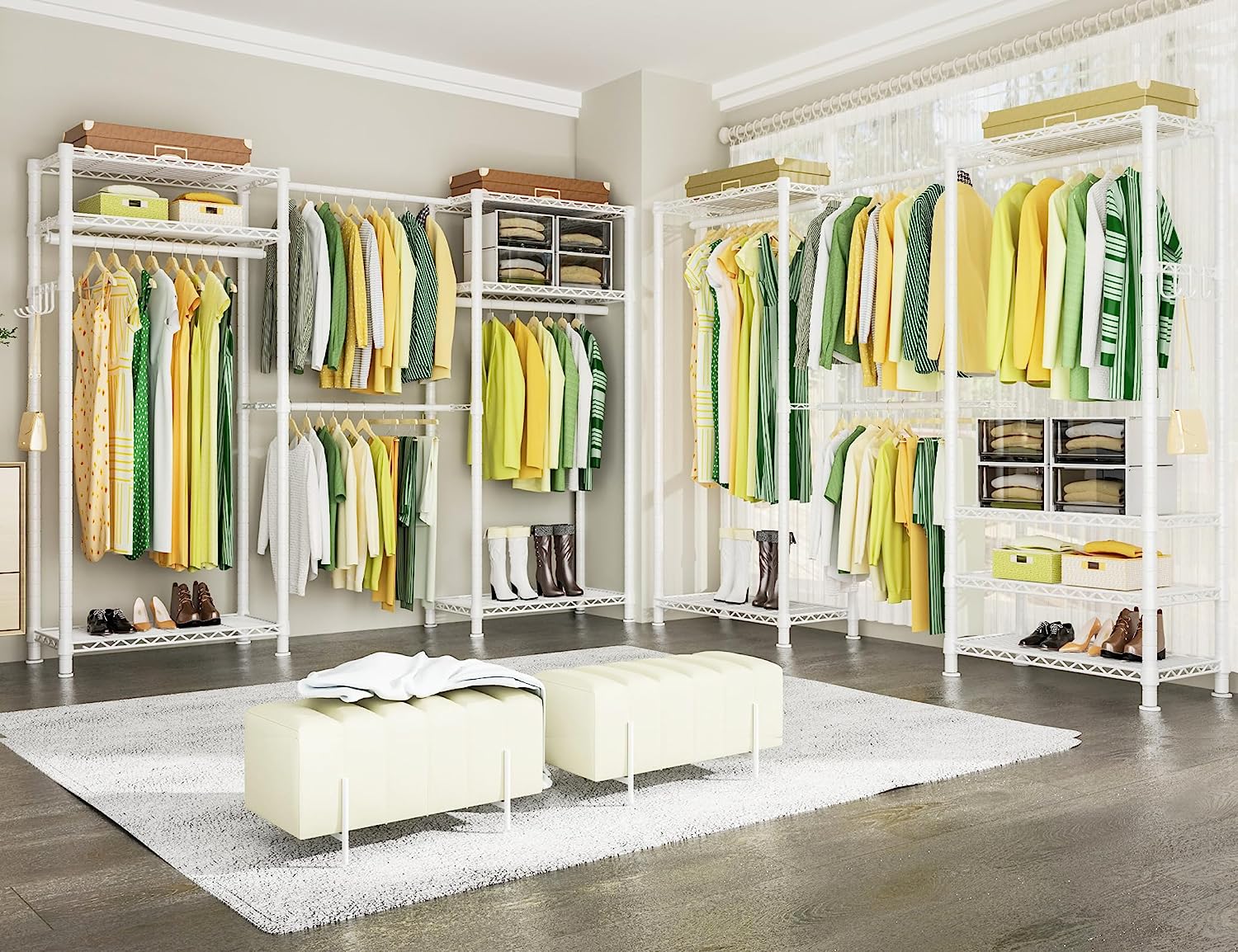
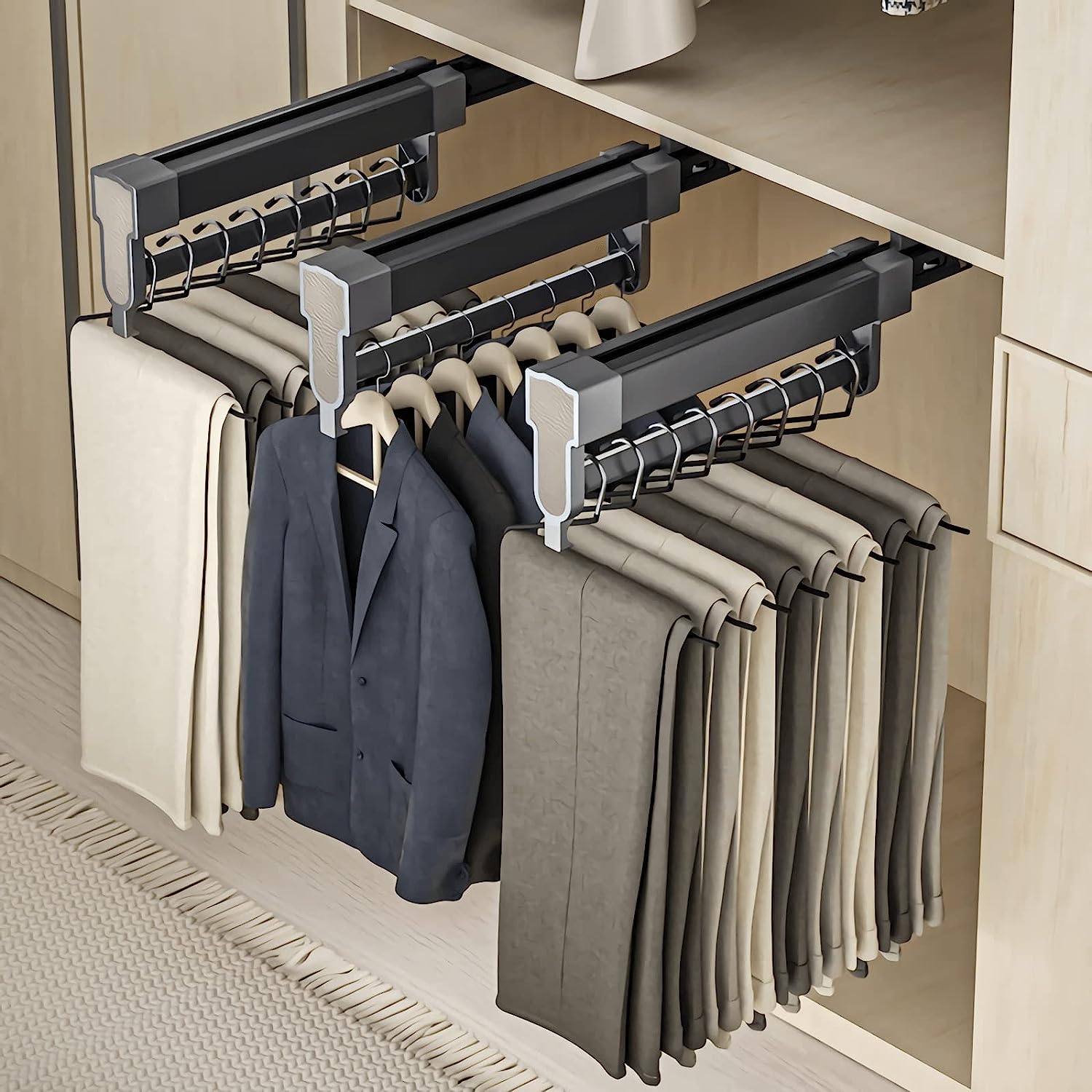

0 thoughts on “How To Turn Bedroom Into Closet”